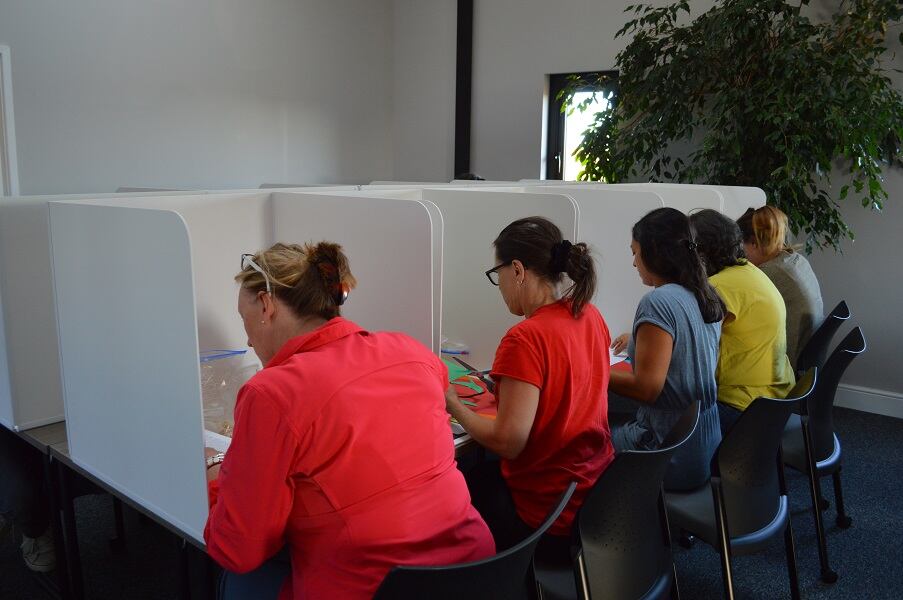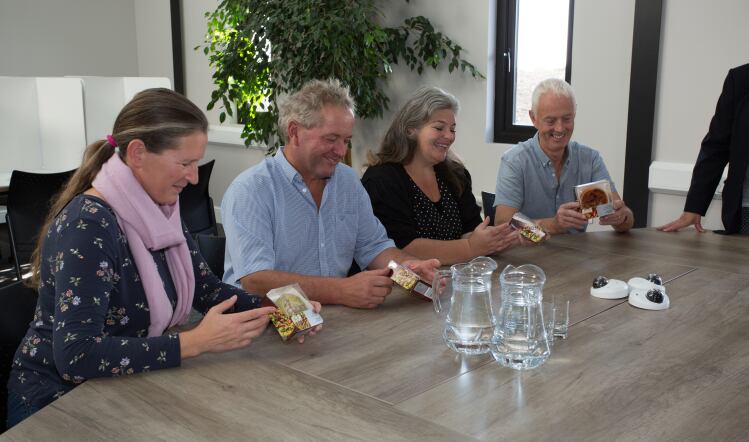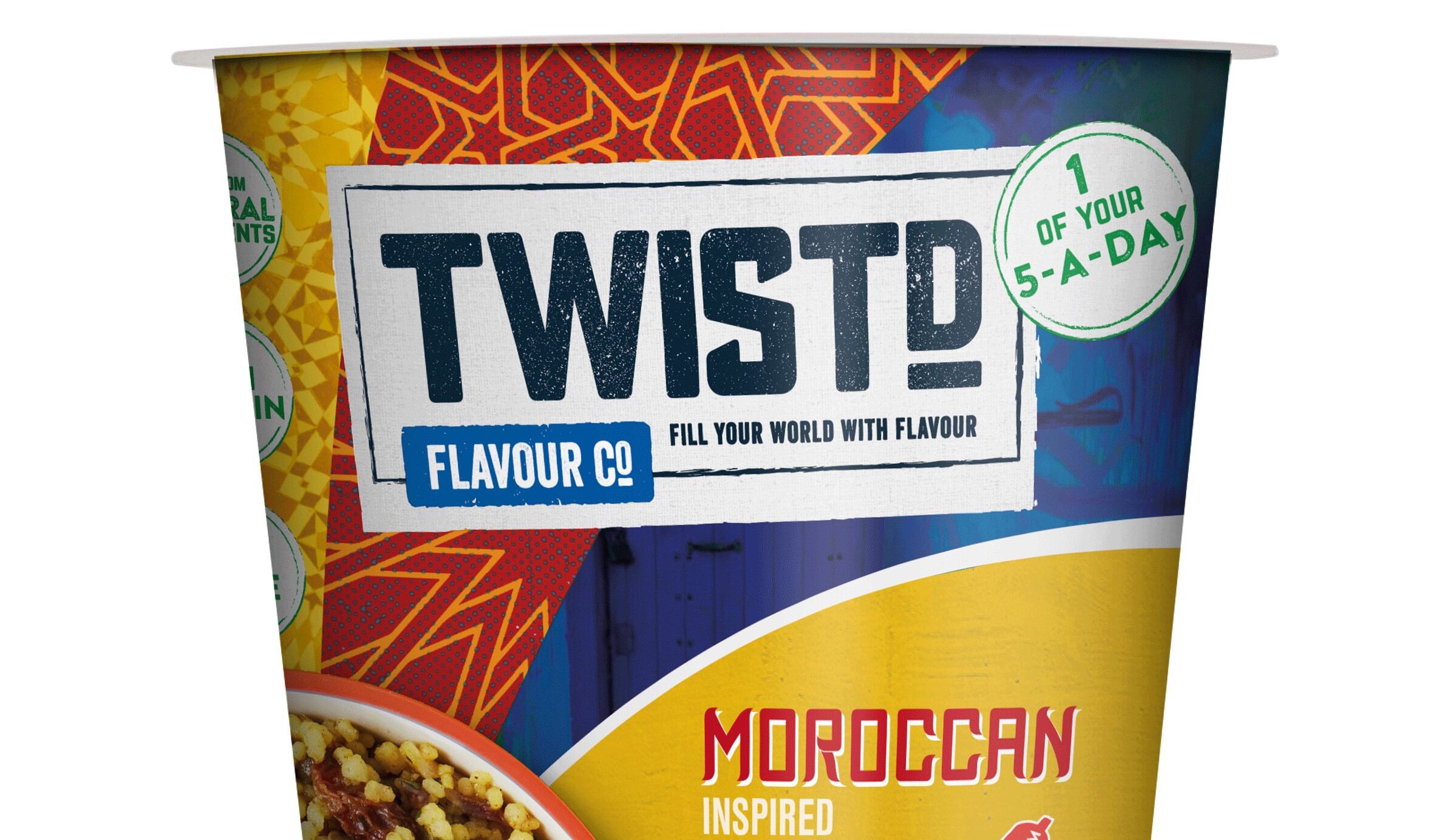So, you are convinced you have come up with an excellent idea for a new product – innovative, bound to appeal to a broad consumer profile or at least the trail-blazing millennials… but how can you be sure?
Your potential buyer is asking for concrete evidence of consumer buy-in before they will consider a listing, but your product has not yet been tested in the marketplace. It’s a classic case of the tail wagging the dog. Well, there is at least one company already well versed in offering its clients a high level of immersive research to ensure that buy-in and create a persuasive case for the retail buyer.
Originally set up in 1994, England Marketing has since outgrown four sites and, last year, established The Research Hub, based on the edge of the Cambridgeshire Fens, as a “full research facility”. In doing so, says marketing manager Carolyn Hudson, the company has been able to “advance the variety of ways in which it can capture opinion” as the hub was specifically built with new concept, taste testing and reformulation in mind.
“To gather independent verification that NPD is appealing is very important,” says Hudson. “It’s a busy marketplace and consumers are looking for ‘new’ and ‘different’.
Not all about taste

“It’s not all about taste, it’s about new concepts – what’s acceptable and what represents a step too far,” she adds. “Evidence is key. NPD is best tested and well researched in order to circumvent rejection from retailers and consumers. Sometimes it’s as simple as a few small tweaks – perhaps in the way a new product looks, is packed or simply its name and how it’s described on-pack.”
She maintains that loyalty to brands is not as important as it once was. “Instead, consumers are looking out for ‘craft’ products. Brands are not necessarily looking to stay on the shelf for years. Consumers’ desire to keep looking, trying and tasting new flavours and concepts is definitely on the up.
“Testing opinion before taking NPD to the retailer means you know what appeals, who is likely to buy and why, how it should be displayed or advertised and, ultimately, maximum shopper uptake. It also means you can be more persuasive with retailers as your independent research findings provide evidence that this is a safe bet for them.”
The Research Hub offers a space for manufacturers to get close to customers, so that specific themes can be explored in much more depth than just a robust sample size of online respondents. It enables England Marketing to “be creative and imaginative in how we reach people and encourage them to share opinions on a broad spectrum of topics”, adds Hudson. “We have explored opinions on all sorts… from quiches to kiwi fruit, fresh soup to fine foods.”
Tractor to table
Hudson believes England Marketing’s “tractor to table” approach helps it stand out among other research companies. “We get the whole food supply chain,” she says. “We understand the challenges that farmers and growers face and we have worked with many food quality bodies, such as RSPCA Assured, Red Tractor, Soil Association, LEAF etc. We also carry out lots of work on behalf of manufacturers and retailers. This field-to-fork knowledge is very helpful because we understand the ’why’ in what our clients want to know, as well as knowing the best way to find out.”
On top of that, she argues, the team at England Marketing come from a wide variety of backgrounds, ranging from land agency and surveying to the media and banking.
“The importance of this is our ability to support our clients with commercially sound feedback, putting their research findings into context, so they … help to inform the next steps in driving a new product or concept forwards.
“We work with as many emerging brands as we do big manufacturers, so this commercial approach and returning value is very important.”
With The Research Hub now in place, the company is also trialling biometric testing. “It’s early days but very exciting,” says Hudson. “We are looking at the physiological changes that happen when a new taste is experienced. I can’t tell you much about the client or what it is they are taking to market, but we have developed a whole tranche of evidence to demonstrate what consumers think and biometrics is one layer of this research.”
The company also prides itself on working with “ordinary consumers or just real people”. “Often, research companies have trained testers to undertake their taste testing, but it is our firm belief that engaging ordinary consumers and gathering their opinions is more honest and more effective.”
Amid all of this, however, Hudson agrees that manufacturers increasingly need to be agile and creative. “Some of the more established manufacturing companies specialising in meat, poultry and fish are more traditional in their approach to NPD, whereas some of the meat-free manufacturers are young and agile, able to communicate their values and engage their audience very readily with exciting and interesting ranges.
“It is these new brands’ ability to adapt to demand and present their products as healthy, environmentally friendly and ‘kinder’ that is underpinning the appeal, particularly among the millennials and Generation X.”
This goes beyond a fad and is here to stay, Hudson claims. “The meat, poultry and fish industries are going to have to become more able and keen to engage with their audience and stay competitive through creative NPD and new concept approaches.”
Retail impact
Meanwhile, as the marketplace has never before been “quite as busy or full of new ideas and innovation”, the way in which manufacturers “display, communicate and raise awareness, including ethical matters, has never been more important”, says Hudson.
Research can help uncover where the opportunities for a particular piece of NPD lie, maximising space in-store, she argues. “The idea that one product fits solely into one category is no longer true. Category blurring is something NPD specialists should see as an opportunity, as stretching a brand across multiple categories is an obvious advantage.”
Then there is the task of switching the consumer’s choice from their favourites or familiar choices. “Psychologists confirm that 85% of decision-making at point of sale is subliminal,” says Hudson. “Capturing shopper attention and influencing their decision has to be done in a powerful way if their habits are to be altered and they are persuaded to buy your product.”
So, the opportunity to divert a consumer away from their familiar choice represents just 15%, she says. “The new product on the shelf needs to stand out and communicate quickly. If the selling story/branding/ethical sourcing/recyclable packaging can shout ‘pick me’ loud enough, then you’re on to a winner.”
What drives consumer choice?

A recent immersive research project, conducted by England Marketing for convenience foods producer Greencore looked at casual dining, picnicking and snacking in the sun.
Having developed a range of new products, Greencore wanted to understand what drives choice, what considerations shoppers make and what occasions might encourage them to try something new.
Participants from The Research Hub’s consumer panel, selected based on their enjoyment of outdoor eating and summer fare, were each given £30 to shop from a fixture displaying a range of picnic and summer dining products – whether for a family picnic or summery evening meal.
Meanwhile, the research team and Greencore observed closely throughout, engaging with the shoppers to make the experience as enlightening as possible.
The consumers were then asked to explain what had driven their purchasing decisions, allowing Greencore to evaluate which products would appeal to shoppers and which would be most likely to succeed in-store.




